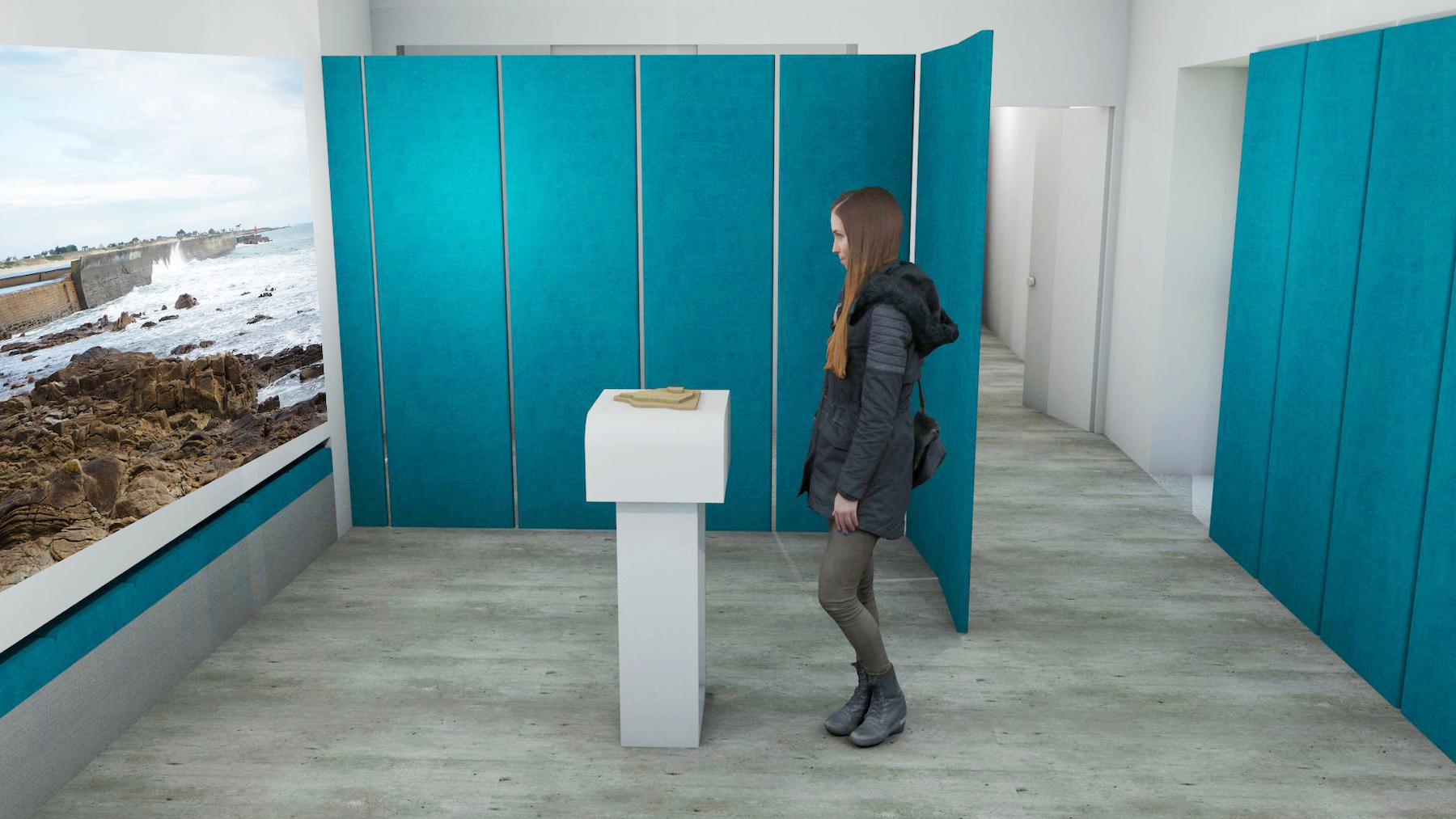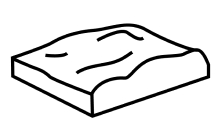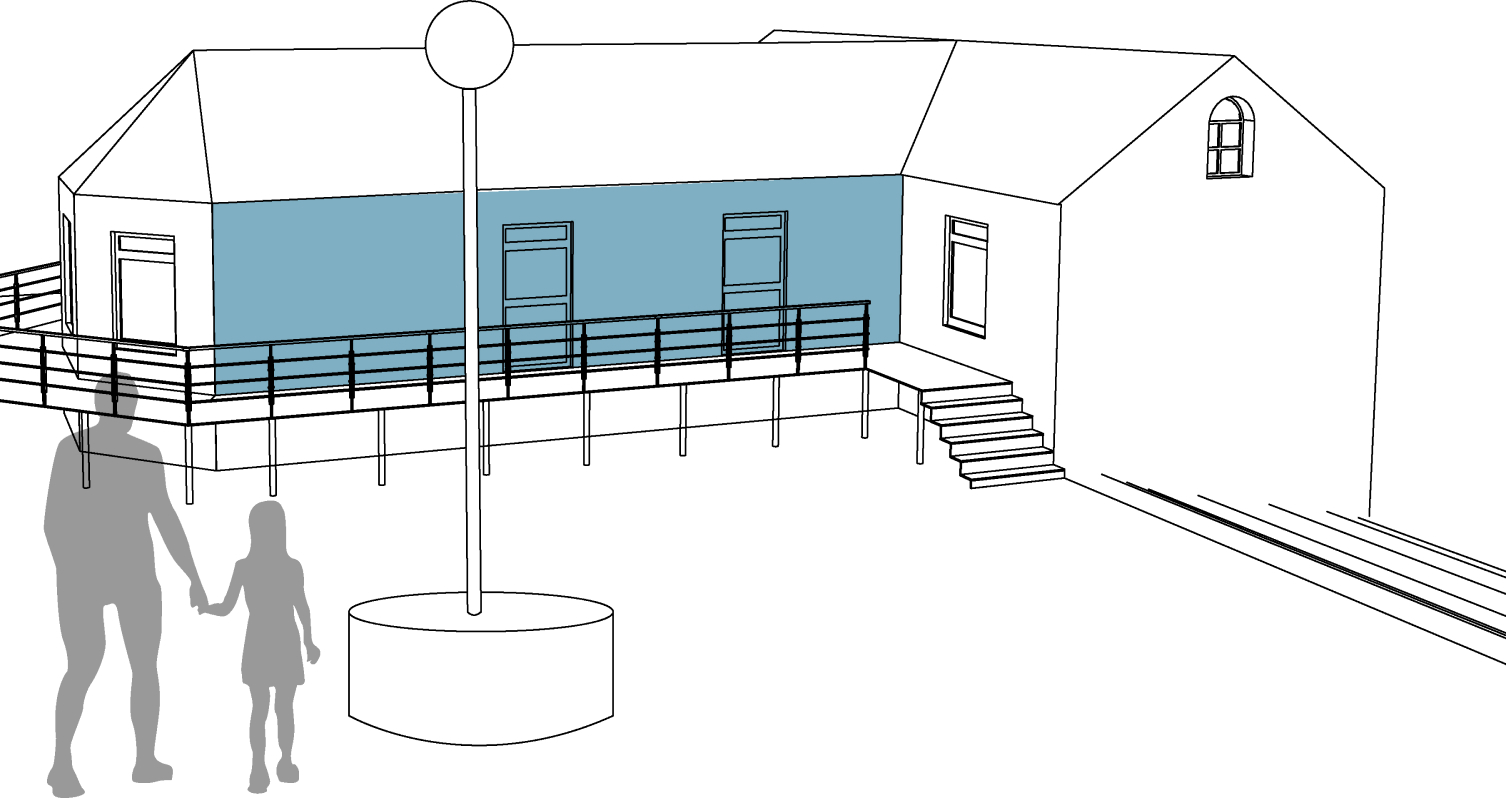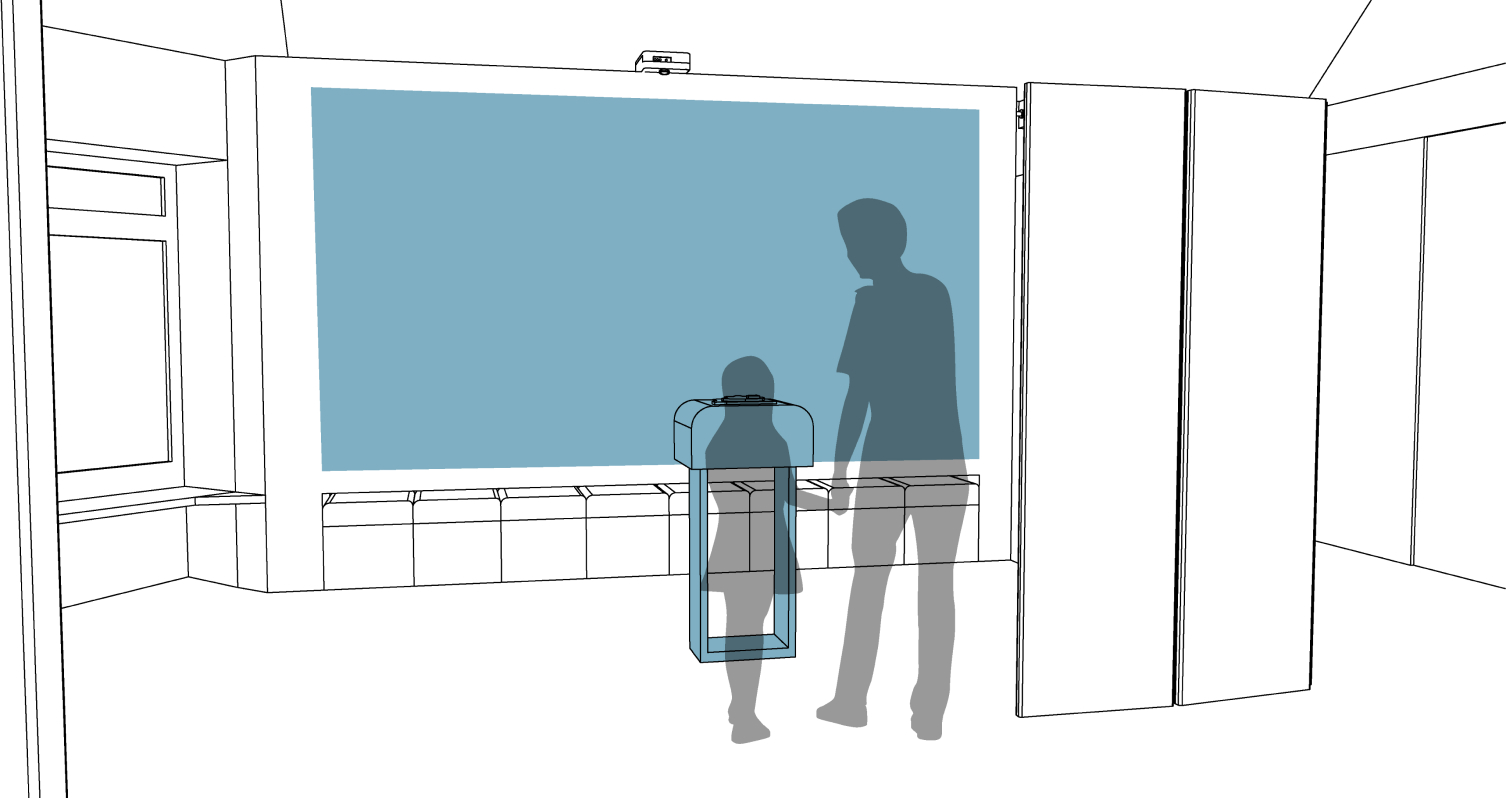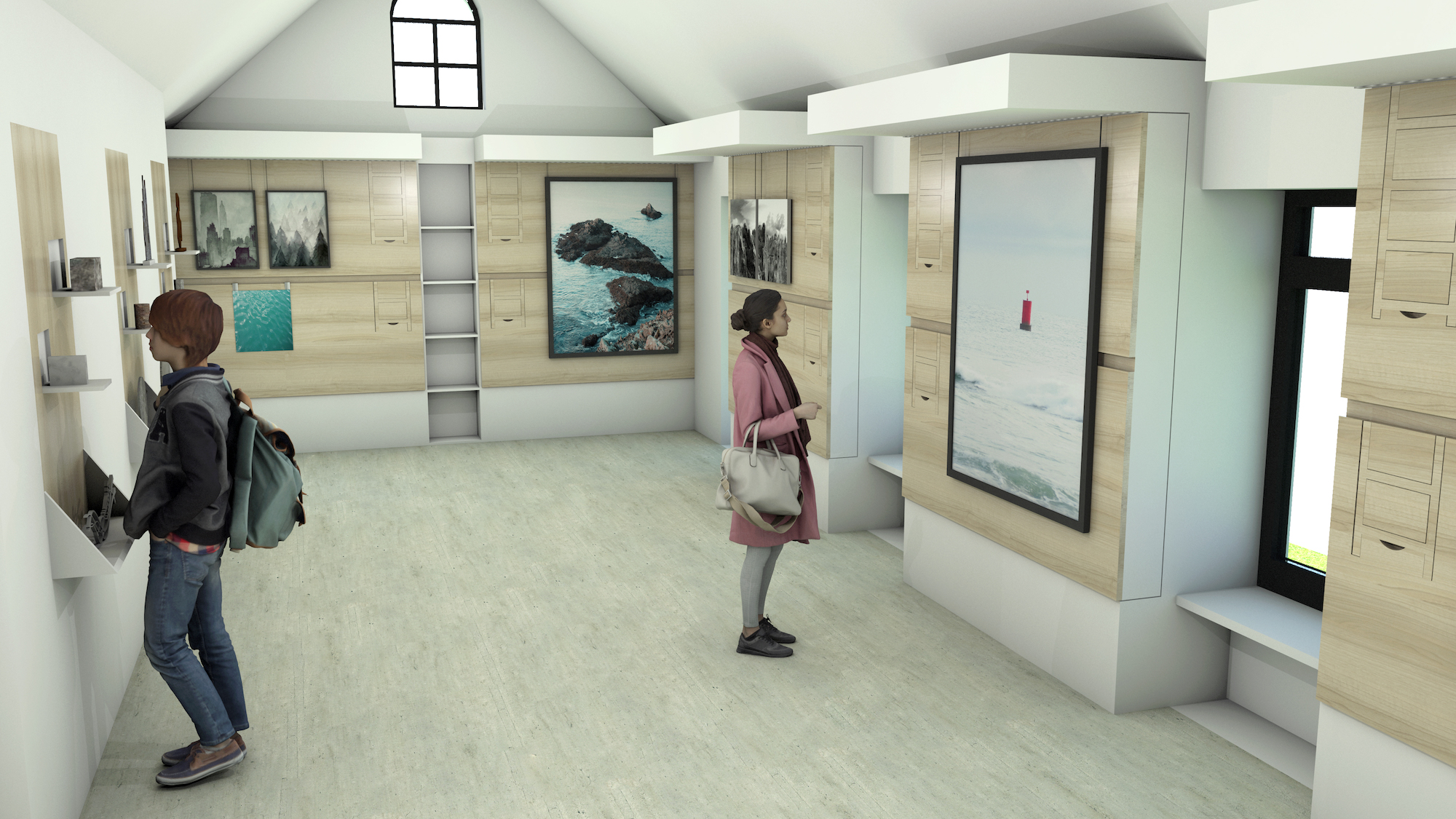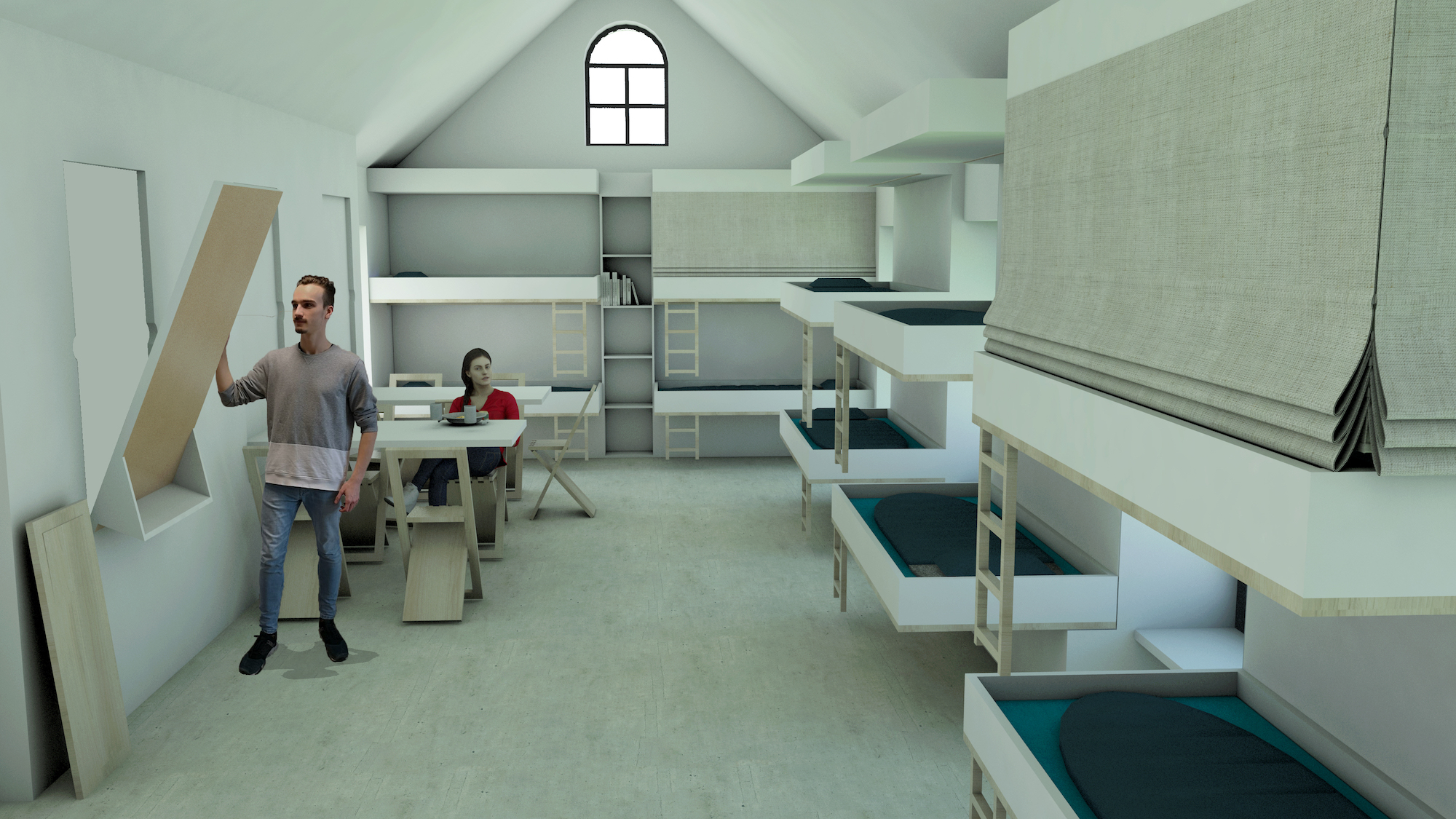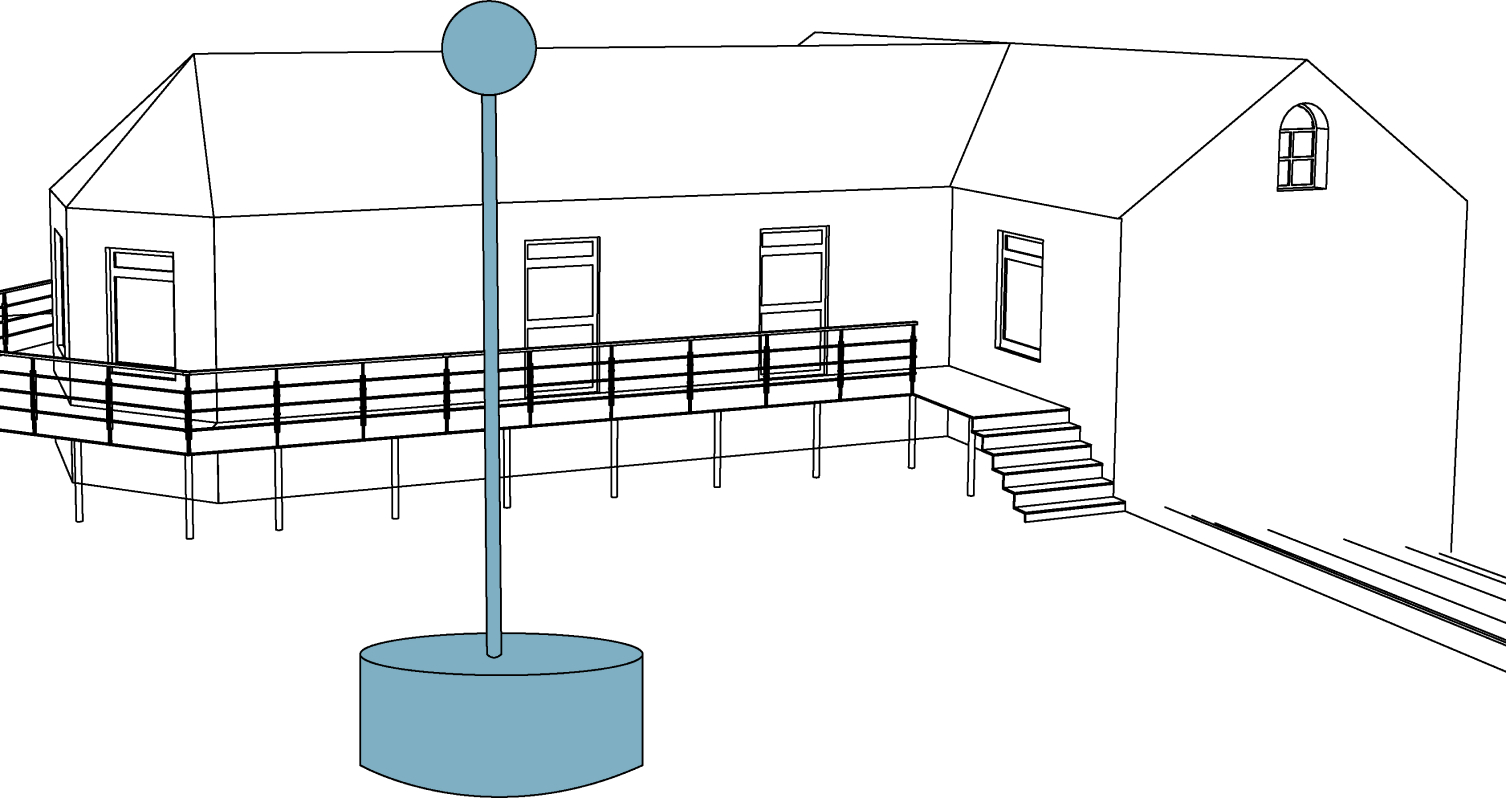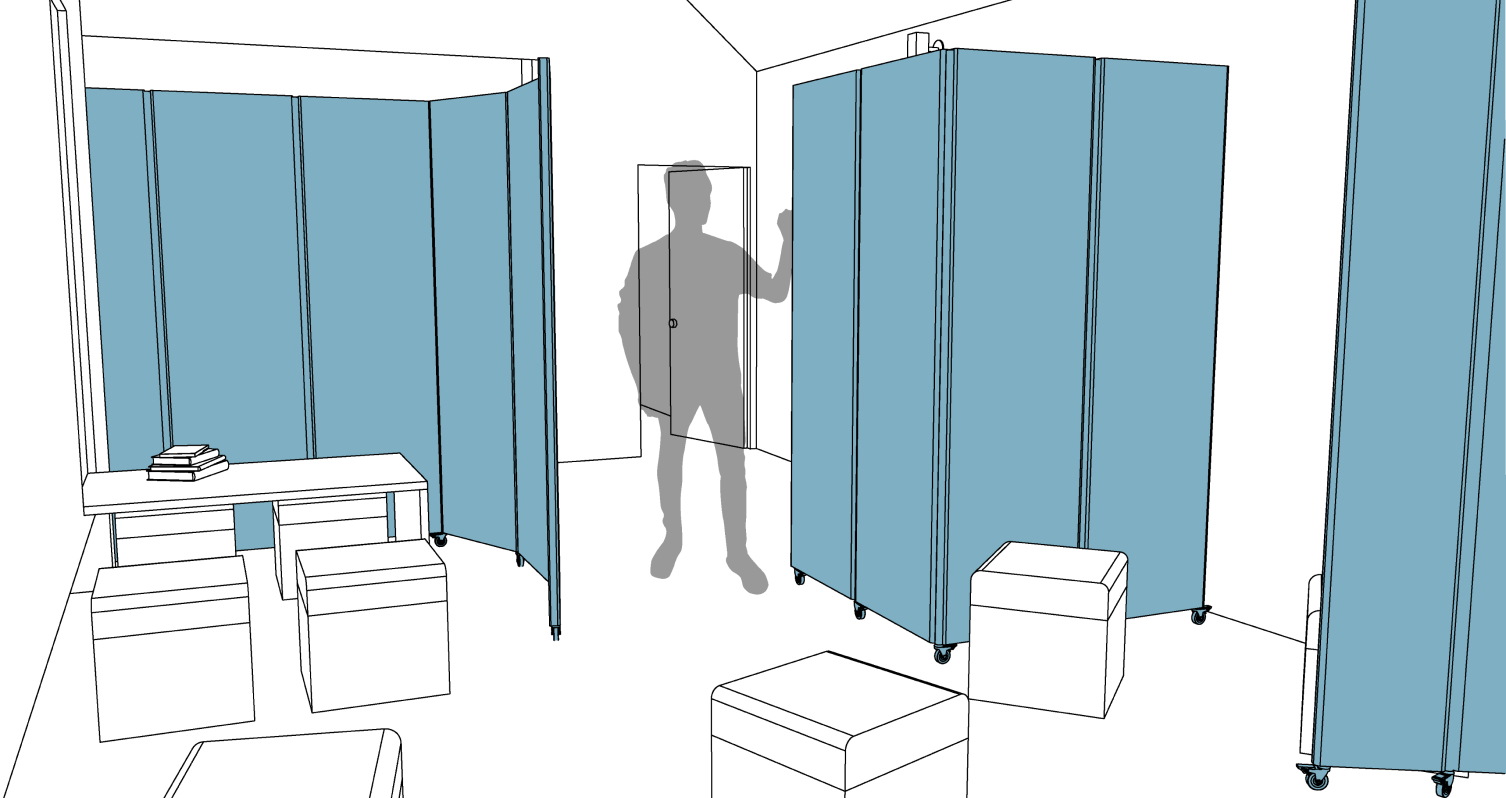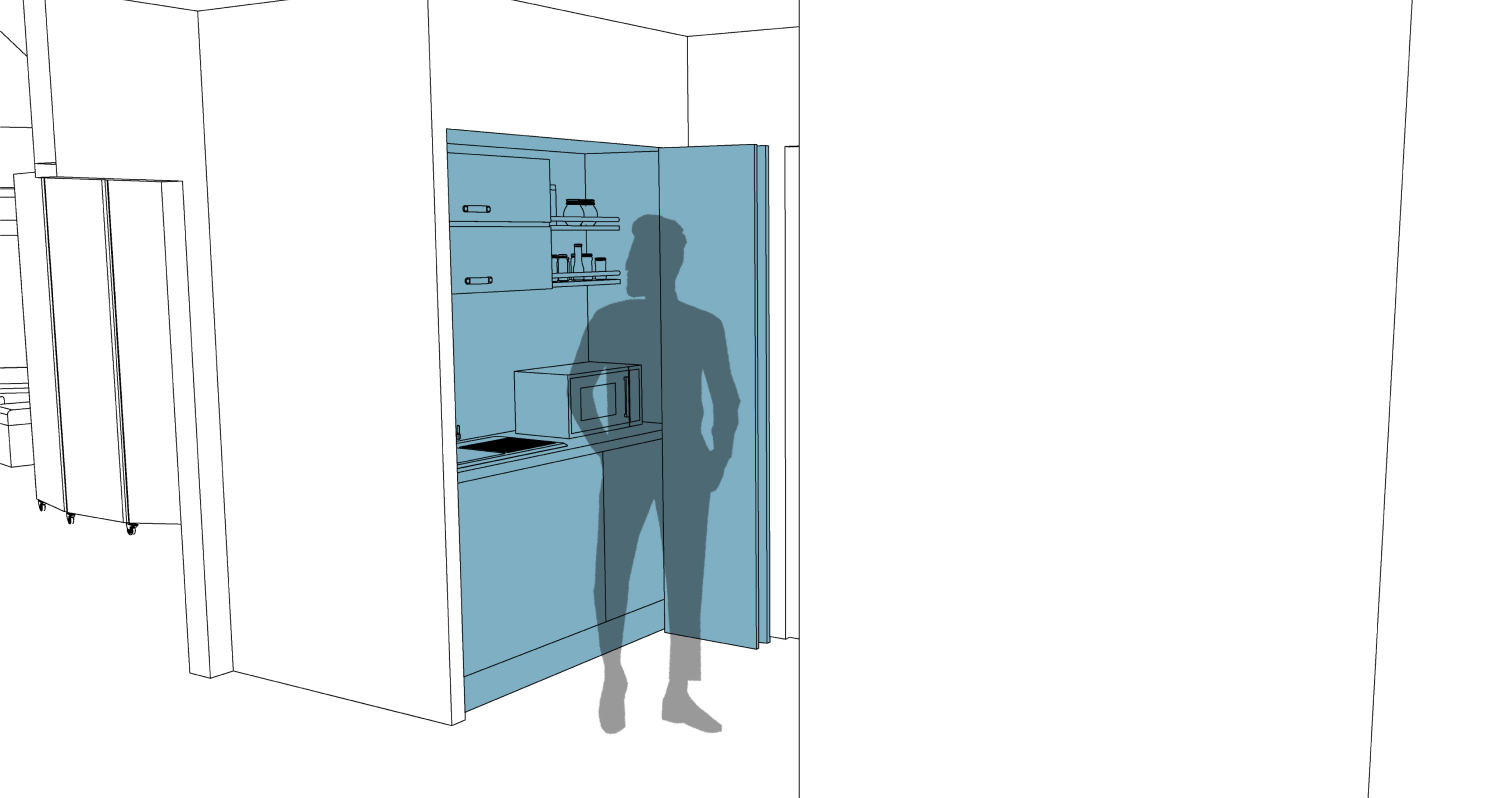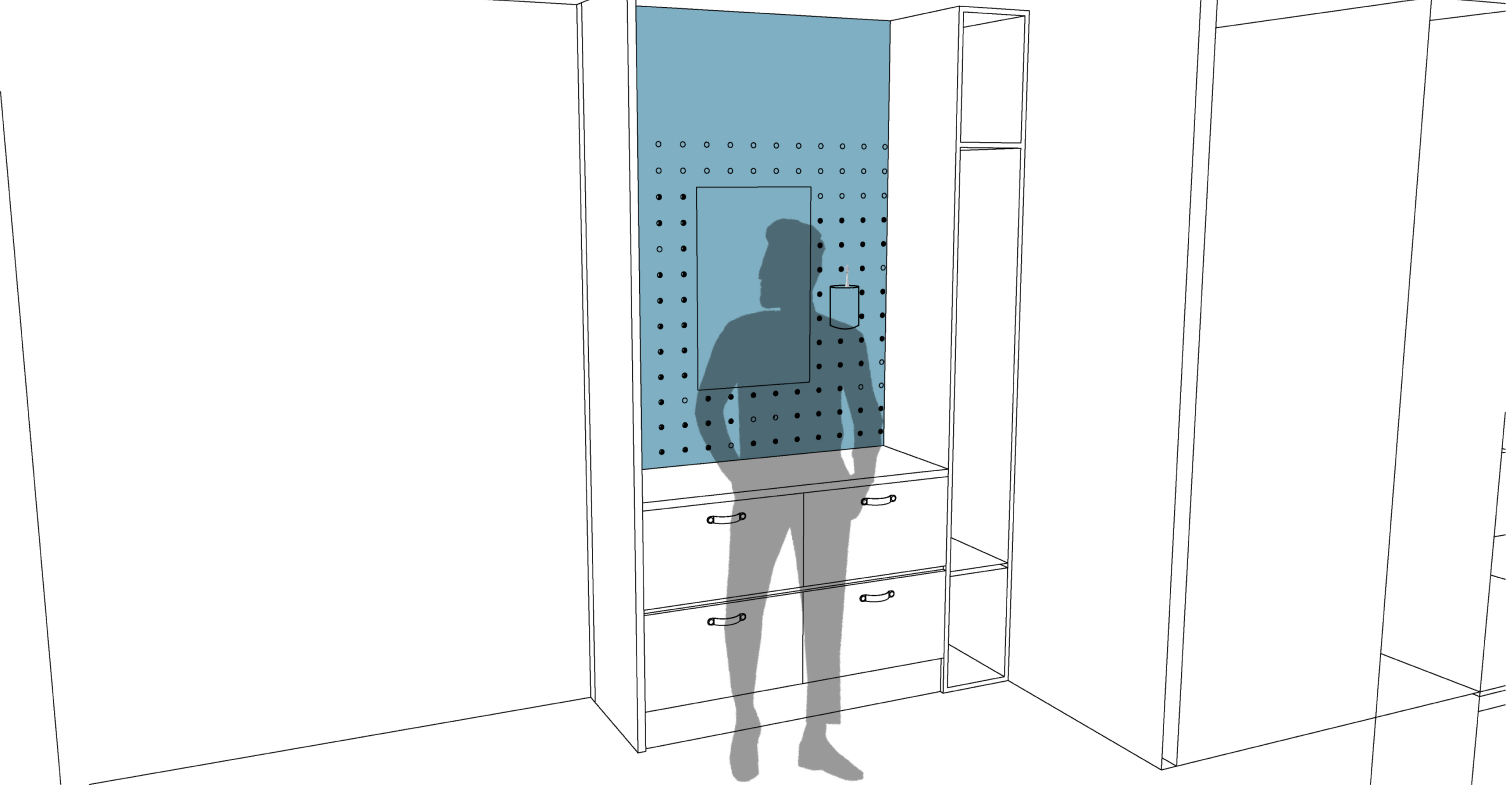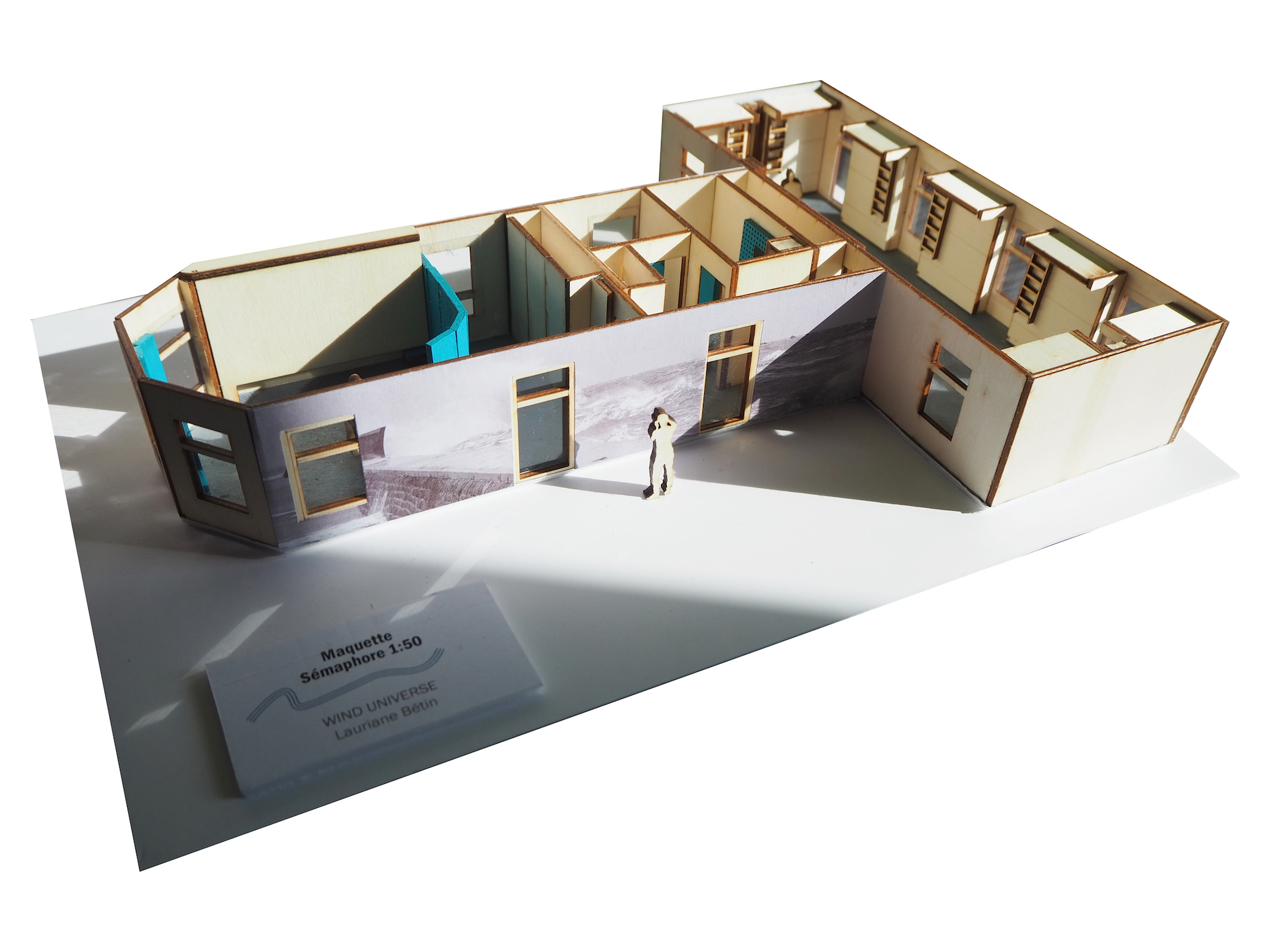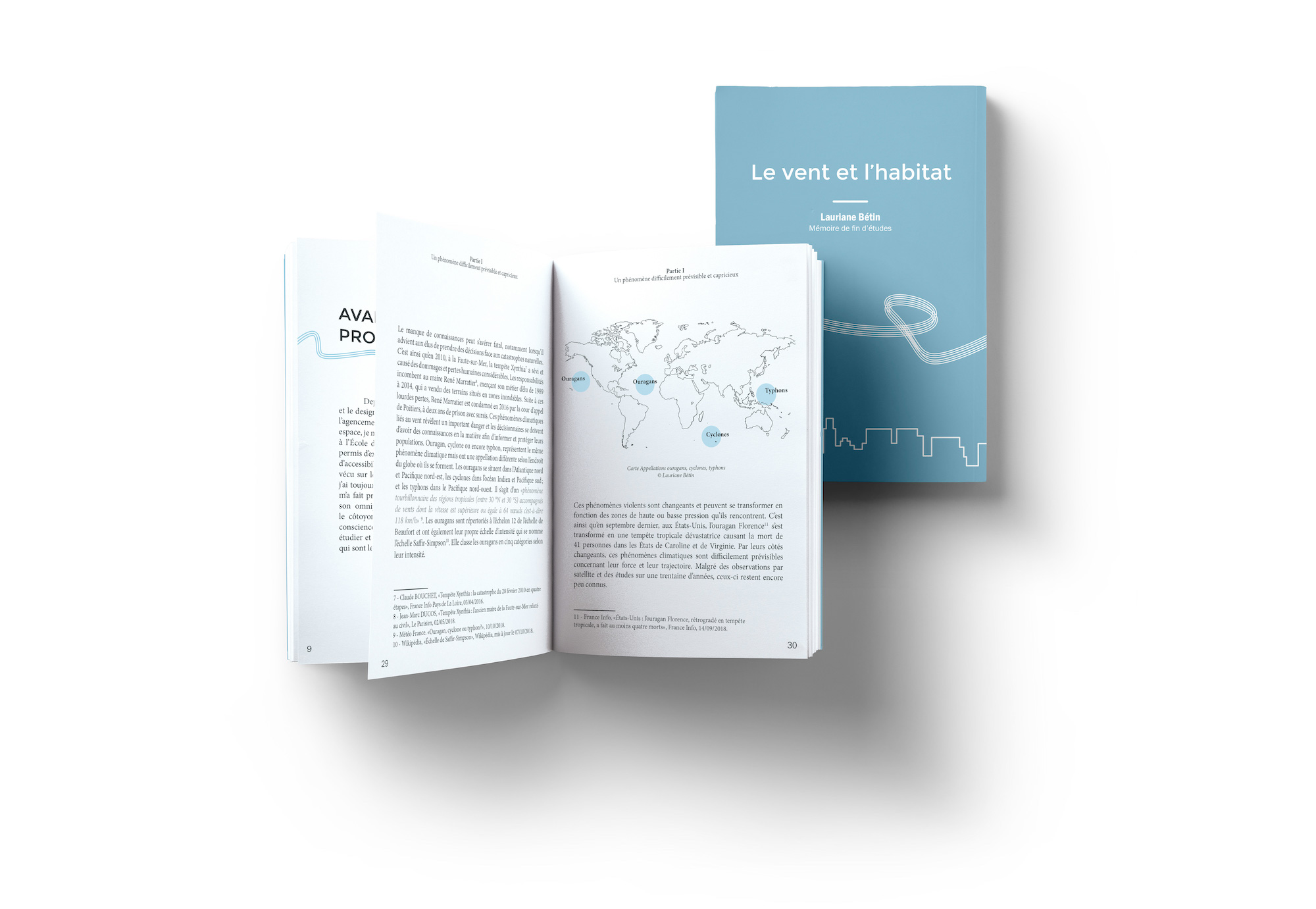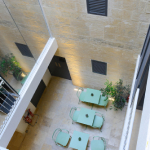Wind Universe
2018 - 2019
L’École de design Nantes Atlantique. Master's degree final project

Resilience of coastal people in the face of storms.
L’École de design Nantes Atlantique was the school where I did my Bachelor’s and Master’s Degrees. To complete the latter, I worked for almost ten months on my end-of-studies project and thesis. Having lived in Brittany for most of my life and being surrounded by the sea, I chose to focus on wind and its impact on our lives. The city that I studied in this research was Lesconil, a little town part of the Plobannalec-Lesconil municipality in Brittany. I chose Lesconil because it is particularly exposed to south-western winds coming from the Atlantic. This end-of-studies project allowed me to step outside of my comfort zone by interviewing habitants, creating design tools to better understand their knowledge of the winds, finding experts and asking them questions, and reading a lot of articles to become imbued with my topic.
RESPONSIBILITIES
Research, field study, surveys, interviews of users, experts and different stakeholders Design Thinking
Conceptualization of different ideas (layout, 3D modeling and rendering)
Materials and furniture research
Development of bespoke furniture
Technical drawing details
Cost development
Creation of a model













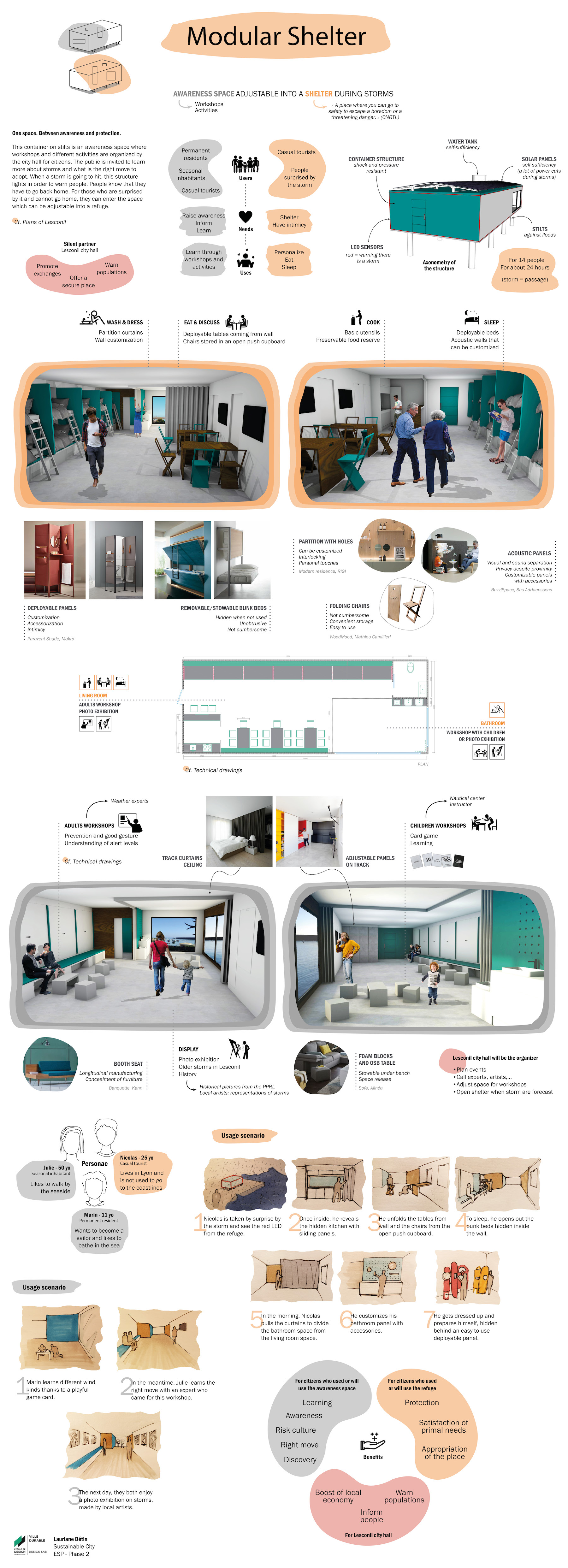
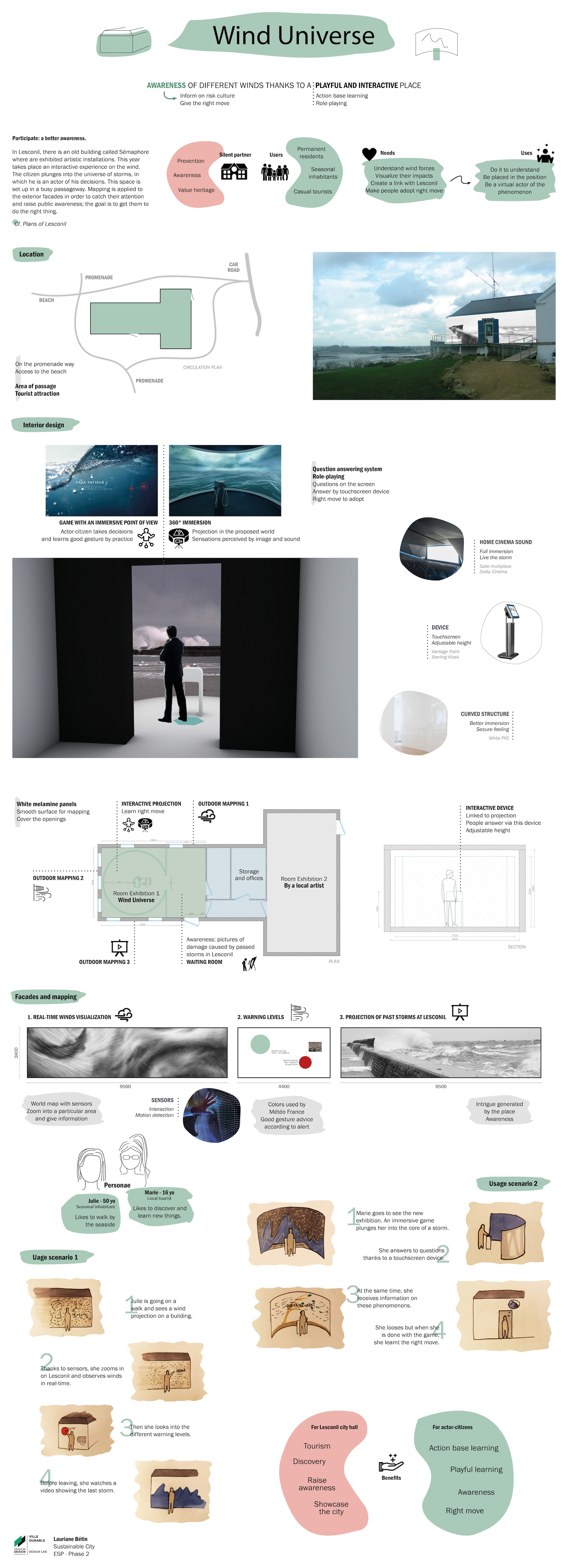


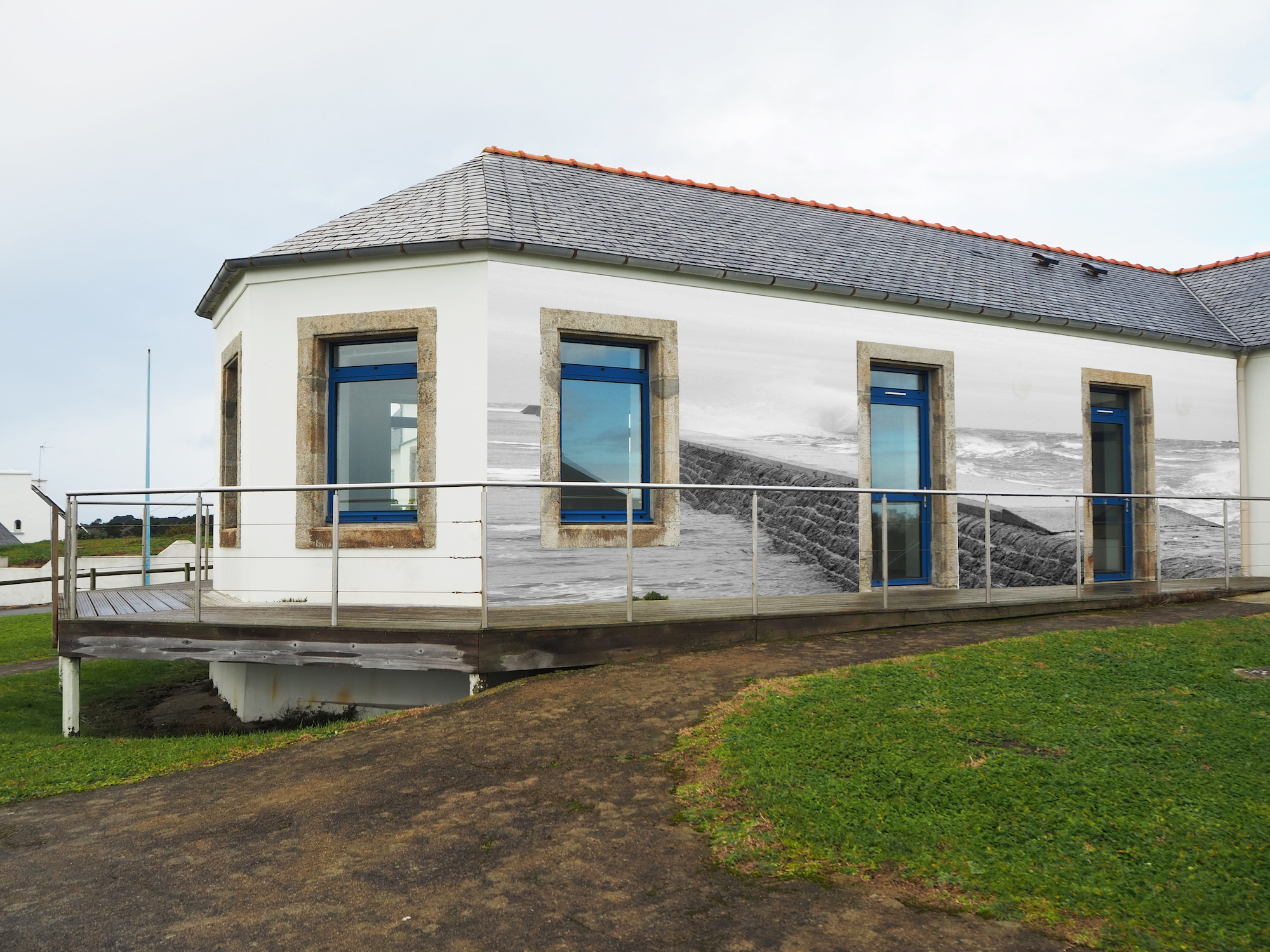
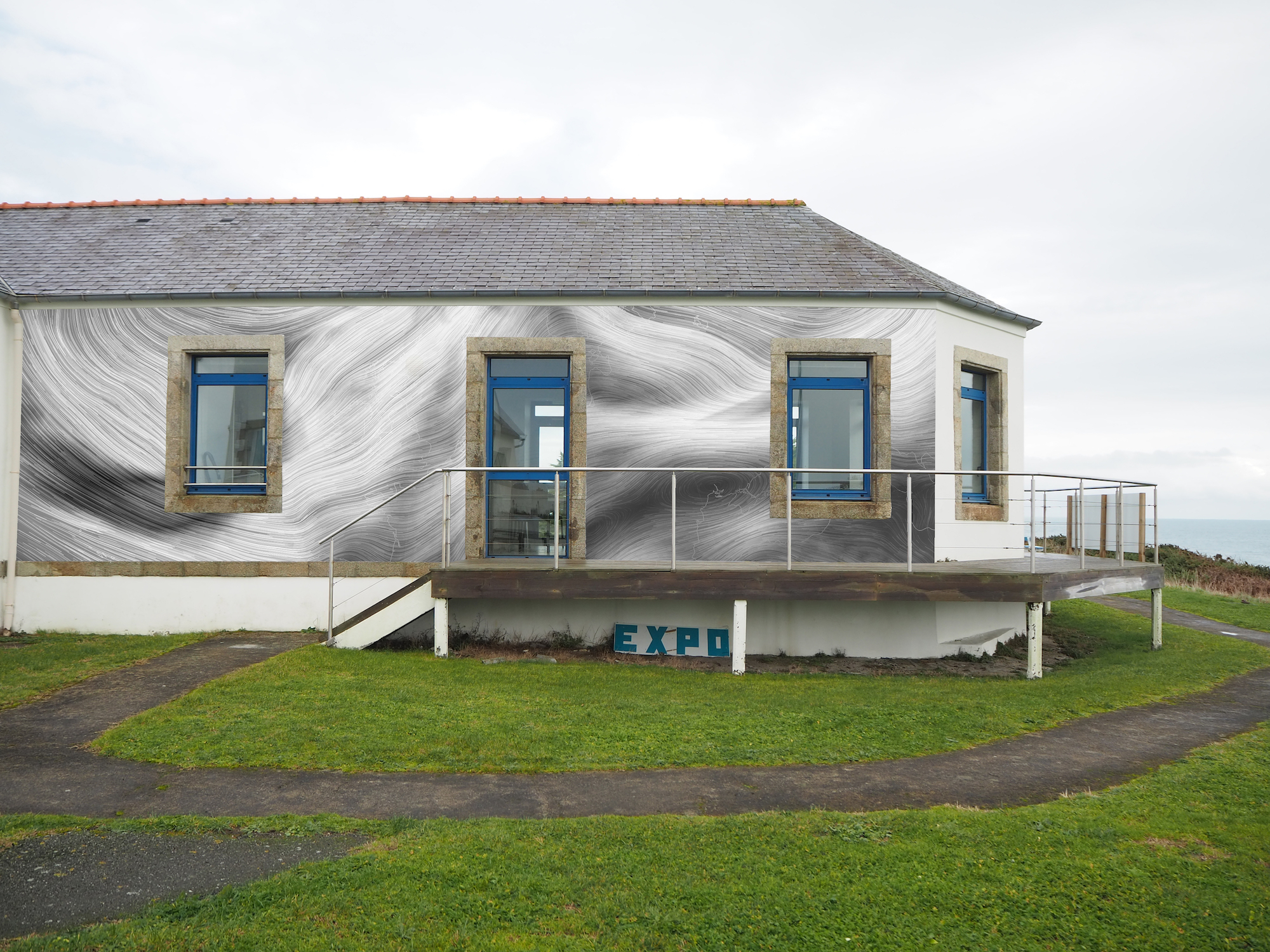

.jpg)
